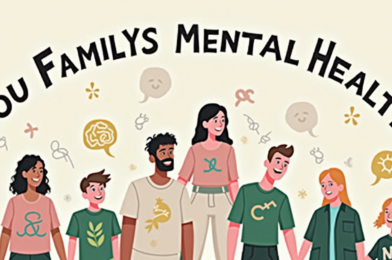Creating a family mission statement might sound like a corporate exercise, but it can be an incredibly powerful tool for families to connect, grow, and thrive together. In today’s fast-paced and often chaotic world, having a sense of direction and purpose is more important than ever, especially for families. A family mission statement is a unique way to define your family’s identity, values, and goals, providing a guiding light for all your members.
So, what exactly is a family mission statement? It’s a written document that outlines your family’s core beliefs, values, and aspirations. It serves as a reminder of what truly matters to your family and can help you make decisions and navigate life’s challenges together. This statement is all about capturing the essence of your family’s journey and the principles that you hold dear.
fact, creating a family mission statement is an exciting and meaningful process that involves everyone in the family. It encourages open communication, reflection, and collaboration, allowing each family member to contribute their thoughts and ideas. Whether you’re a family of two or twelve, this exercise can strengthen your bond and create a shared vision for the future.
By defining your family’s mission, you establish a sense of unity and belonging. When your family members understand and embrace the values outlined in the statement, they feel part of something greater than themselves. This shared sense of purpose can be particularly beneficial when facing difficult situations or making important decisions. For example, when considering a job offer that involves relocation, your family mission statement can help you evaluate the opportunity based on how it aligns with your core values and goals.
Moreover, a family mission statement provides a framework for making day-to-day choices. It can guide decisions as simple as choosing extracurricular activities for your children or as complex as planning major life events like weddings or vacations. When faced with multiple options, referring back to your mission statement can help you prioritize and select the path that best reflects your family’s values.
The process of crafting your family mission statement is an opportunity for reflection and discovery. Start by asking each family member to share their individual values and aspirations. What do they hold dear? What do they hope to achieve or become? Then, identify the common themes and weave them into a collective mission statement that resonates with everyone.



